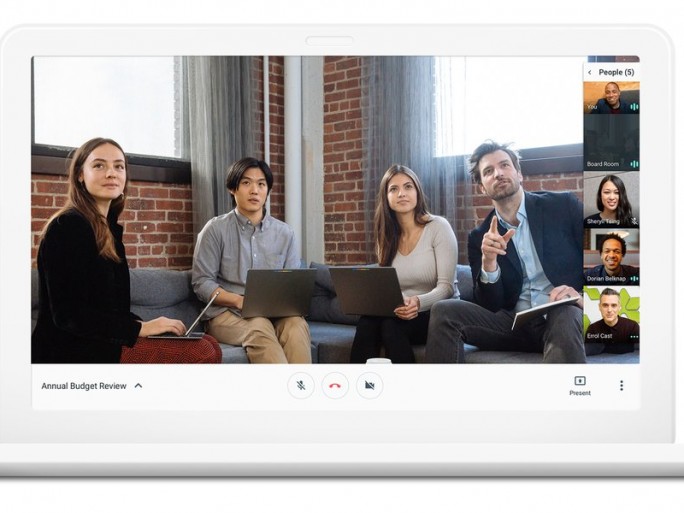Google has responded to the growing usage of the video conferencing app Zoom around the world as many countries remain in lockdown during the Coronavirus pandemic.
Google has revealed in that it is opening its previously business-only video conferencing app Meet, to the wider consumer market.
Usage of Zoom has spiked dramatically during the Coronavirus pandemic, and has seen the company’s shares rise, despite security concerns. But Google is hoping to capitalise on those hesitant to join increasingly popular Zoom community after question marks over its security and privacy.
![]()
Google Meet
Zoom for its part has been trying to repair its reputation, and chief executive Eric Yuan responded with version 5.0 that offers 356-bit encryption, along with a number of other security improvements.
Google of course has offered video conferencing capabilities for years via its Google Hangouts tool, which is now known as Google Meet.
And now Google on Wednesday said any user will soon be able to host free video conferences on Meet (limited for 60 minutes, although this won’t be enforced until September).
Consumers versions of Zoom have a 40 minute video meeting limit.
The decision to open up Meet to the masses was announced in a blog post on Wednesday by Javier Soltero, VP and GM of G Suite.
“Today, we’re making Google Meet, our premium video conferencing product, free for everyone, with availability rolling out over the coming weeks,” wrote Soltero. “We’ve invested years in making Meet a secure and reliable video conferencing solution that’s trusted by schools, governments and enterprises around the world, and in recent months we’ve accelerated the release of top-requested features to make it even more helpful.”
“Starting in early May, anyone with an email address can sign up for Meet and enjoy many of the same features available to our business and education users, such as simple scheduling and screen sharing, real-time captions, and layouts that adapt to your preference, including an expanded tiled view,” he wrote.
“It’s important that everyone who uses Meet has a secure and reliable experience from the start, so beginning next week, we’ll be gradually expanding its availability to more and more people over the following weeks,” wrote Soltero. “This means you might not be able to create meetings at meet.google.com right away, but you can sign up to be notified when it’s available.”
Privacy, security
Soltero took great efforts to promote the security and privacy credentials of Meet, writing that it “operates on a secure foundation, keeping users safe, data secure, and information private – including between patients and caregivers.”
He said that since January, Google has seen Meet’s peak daily usage grow by 30x, and as of April, it is hosting 3 billion minutes of video meetings and adding roughly 3 million new users every day.
Last week Meet’s daily meeting participants surpassed 100 million.
“We operate a highly secure and resilient private network that encircles the globe and connects our data centers to each other – ensuring that your data stays safe,” wrote Soltero. “Trust is built on transparency and we publish the locations of all our data centers.”
Zoom for example has previously been criticised for route its data through servers located in Chinese data centres.
Gmail users can sign in at meet.google.com to get started.
Besides Zoom, Google’s Meet will face competition from Microsoft’s Skype (and Teams) and Facebook’s Messenger and WhatsApp.
Quiz: What do you know about Google?




